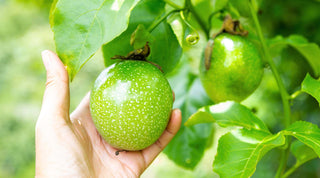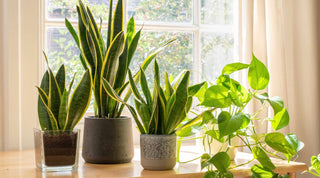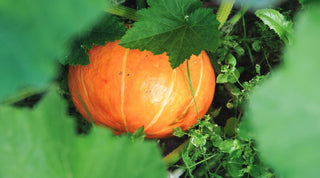Drip irrigation is an excellent solution, providing a slow and steady supply of water directly to the root zone of your plants.
Watering your garden efficiently and effectively can be a challenge, especially during the hot summer months or in regions with water restrictions. In this blog post, we'll explore why drip irrigation is beneficial for your garden and provide a step-by-step guide to setting it up.
👉 Products we Like: Irrigation Supplies
Why Drip Irrigation is Beneficial
-
Water Conservation: Drip irrigation uses 30-50% less water than traditional overhead sprinklers. By delivering water directly to the root zone, it minimizes evaporation and runoff, ensuring that more water is used by the plants.
-
Improved Plant Health: Consistent moisture at the roots promotes healthier, stronger plants. Unlike overhead watering, which can lead to leaf diseases and fungal growth, drip irrigation keeps foliage dry, reducing the risk of disease.
-
Weed Reduction: By targeting specific plants, drip irrigation limits the water available to weeds, reducing their growth. This focused watering also means you spend less time weeding and more time enjoying your garden.
-
Time and Labor Efficiency: Once set up, drip irrigation systems can be automated with timers, saving you time and effort. This is particularly useful for gardeners with busy schedules or those who travel frequently.
- Flexibility: Drip irrigation systems can be easily customized to suit gardens of any size and shape. Whether you have raised beds, containers, or a traditional garden layout, drip irrigation can be adapted to meet your needs.
How to Set Up Drip Irrigation
- Mainline tubing (1/2 inch or 3/4 inch)
- Drip emitters or micro-sprinklers
- Connectors and fittings (elbows, tees, couplers)
- Pressure regulator
- Filter
- Timer (optional)
- Hole punch tool
- Stakes or clips to secure tubing
Step 3: Setting Up the Mainline
👉 Products we Like: Irrigation Supplies
Conclusion
Drip irrigation is a highly efficient and effective method for watering your garden, offering numerous benefits such as water conservation, improved plant health, and reduced labor. By following these steps, you can set up a drip irrigation system that keeps your garden thriving while saving you time and resources. Embrace the benefits of drip irrigation and enjoy a lush, healthy garden with minimal effort.



